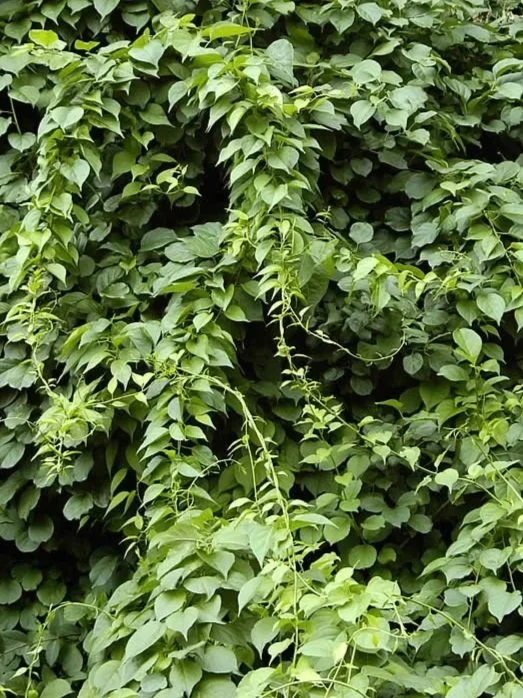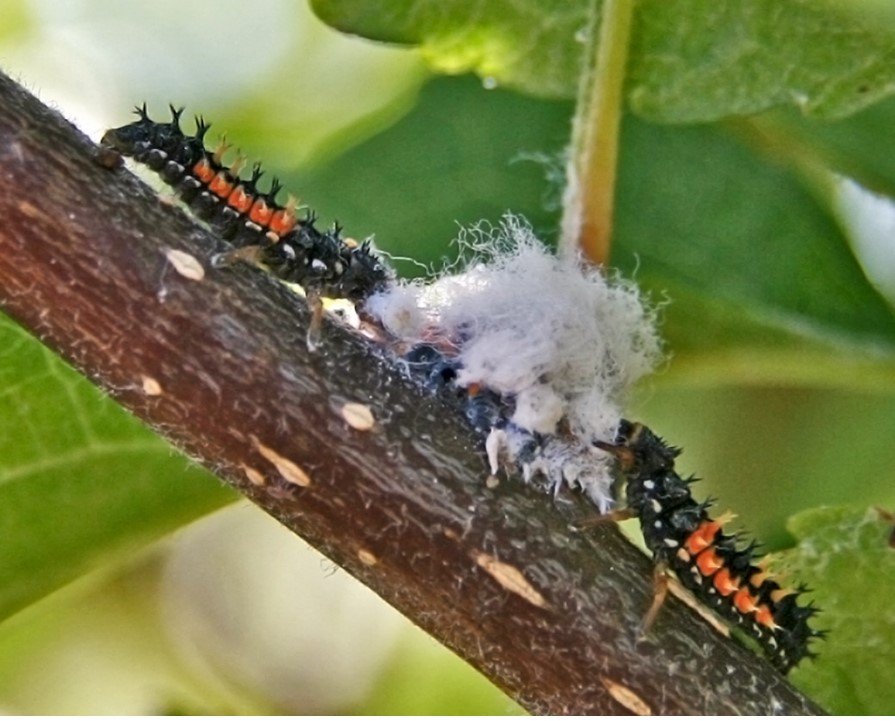Tips for Pruning Flowering Shrubs
Tips for Pruning Flowering Shrubs: Enhance Shape and Health Without Sacrificing Blooms
Flowering shrubs are a valuable addition to any landscape, bringing beauty and color throughout the growing season. While pruning is sometimes necessary to maintain their shape and health, many gardeners and landscapers worry about inadvertently sacrificing the blooms. Fear not! With the right techniques and timing, you can confidently prune your flowering shrubs without compromising their vibrant displays. Here are some tips to help you achieve the perfect balance:
Know the Flowering Time: Understanding the flowering time of your shrub is crucial. Some shrubs produce flowers on old wood (previous year's growth), while others bloom on new wood (current year's growth). Pruning at the wrong time can remove flower buds and diminish the bloom. Research the specific flowering habits of your shrub to determine the best time to prune.
Prune After Blooming: For shrubs that bloom on old wood, such as lilacs and forsythias, it's best to prune immediately after flowering. This allows the shrub to produce new growth and set flower buds for the following year. Pruning later in the season may remove next year's blooms.
Prune During Dormancy: Shrubs that bloom on new wood, like panicle hydrangeas and butterfly bushes, can be pruned during late winter or early spring while they are dormant. Since these shrubs produce flowers on new growth, pruning at this time stimulates vigorous growth and ensures abundant blooms in the upcoming season.
Remove Dead and Diseased Wood: Regardless of the flowering time, it's essential to remove any dead, damaged, or diseased wood. This not only improves the overall appearance of the shrub but also enhances its health and encourages new growth. Cut back to healthy wood just above a bud or node.
Thin Out Overcrowded Branches: To maintain an open and balanced form, selectively thin out overcrowded branches. Remove any crossing or rubbing branches that may hinder airflow and sunlight penetration. Thinning allows for better light distribution and promotes the growth of new flowering shoots.
Avoid Drastic Pruning: Avoid drastic pruning unless necessary for rejuvenation purposes. Severe pruning can delay or eliminate flowering for a year or more. Instead, opt for gradual rejuvenation by removing a few older branches each year, encouraging the growth of new, flowering shoots.
Use Sharp and Clean Tools: Always use sharp and clean pruning tools to make precise cuts. Dull or dirty tools can damage the plant tissue, leading to disease and slower healing. Disinfect tools between shrubs to prevent the spread of potential pathogens.
Step Back and Assess: Before making any cuts, step back and assess the overall shape and structure of the shrub. Identify any branches that are disrupting the natural form or growing in undesirable directions. Prune with a purpose, maintaining the shrub's aesthetic appeal while encouraging healthy growth and abundant blooms.
Remember, each shrub species has its own unique pruning requirements, so it's essential to research and understand the specific needs of your flowering shrubs. By following these pruning tips and considering the bloom timing of your shrubs, you can confidently prune them to enhance their shape, health, and ultimately, enjoy a spectacular display of blooms in your garden.







